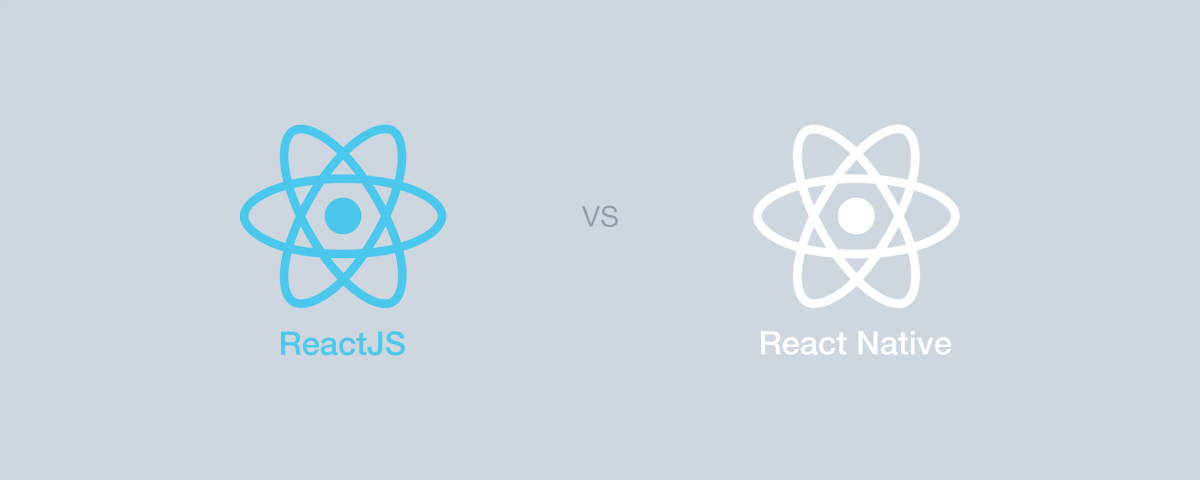Google Announced Flutter 1.17 and Dart 2.8
3rd June 2020
How Is AngularJs Decking Up Software Industry?
8th June 2020Professional Project Company Junagadh
React.js was developed by Facebook to address its need for a dynamic and high performing User Interface(UI). In 2011, Jordan Walke and his team from Facebook released the React JS library, a JavaScript library which brought together the speed of JavaScript and a new way of rendering pages, leading to a responsive and dynamic user input. In 2015, two years after the team open sourced React.js and its popularity grew, they released React Native.
WHAT IS THE DIFFERENCE BETWEEN REACT.JS AND REACT NATIVE?
Below is an overview of the business advantages of working with both React.js and React Native. It should give you a fair idea of their respective strengths and what makes them different.
React.js
React.js often referred to as React or ReactJS is a JavaScript library responsible for building a hierarchy of UI components or in other words, responsible for the rendering of UI components. It provides support for both frontend and server-side.
Business advantages while working with React:
- DOM (document object model) is a viewing agreement on data inputs and outputs. React’s virtual DOM is faster than the conventional full refresh model, since the virtual DOM refreshes only parts of the page. The interesting part is, the team at Facebook wasn’t aware that partially refreshing a page would prove faster. Facebook was just looking for a way to reduce their re-build time, and partial DOM refresh was just a happy consequence. This increases performance and faster programming.
- You can reuse code components in React JS, saving you a lot of time.
- The rendering of your pages completely, from the server to the browser will improve the SEO of your web app.
- It improves the debugging speed making your developer’s life easier.
- Even to those unfamiliar with React, it is easily readable.Many frameworks require you to learn an extensive list of concepts which are only useful within the framework. React strives to do the opposite.
- You reap the benefit of all the advancements in the JavaScript language and its ecosystem.
React Native
React Native is a framework for building native applications using JavaScript. React Native compiles to native app components, which makes it possible for you to build native mobile applications. In React JS, React is the base abstraction of React DOM for the web platform, while with React Native, React is still the base abstraction but of React Native. So the syntax and workflow remain similar, but the components are different.
Business advantages of using React Native:
- React Native comes with Native Modules and Native components that improve performance. Unlike Cordova, PhoneGap, and other cross-platform frameworks that render code via WebView, React Native renders certain code components with native API’s.
- React Native comes with all the advantages that React.js brought you. React.js focuses on a better UI, so those benefits remain.
- You don’t have to build the same application for iOS and Android, separately as React Native allows your developers to reuse the common logic layer.
- React Native’s component-based structure allows developers to build apps with a more agile, web-style approach to development than most hybrid frameworks, and without any web at all.
- If you know JavaScript, React Native will be easy to pick-up, allowing most front-end web developer to be a mobile developer. All you need to know is JavaScript, platform APIs, some native UI elements, and any other platform-specific design patterns and you’re set.
- No need to overhaul your old app. All you have to do is add React Native UI components into your existing app’s code, without having to rewrite.
- Native app development usually means inefficiency, slower time to deployment, and less developer productivity. React Native is all about bringing high speed, responsiveness, and agility of web app development along with effectual processing and best user experience to the hybrid space, to provide your users with a native app experience.





